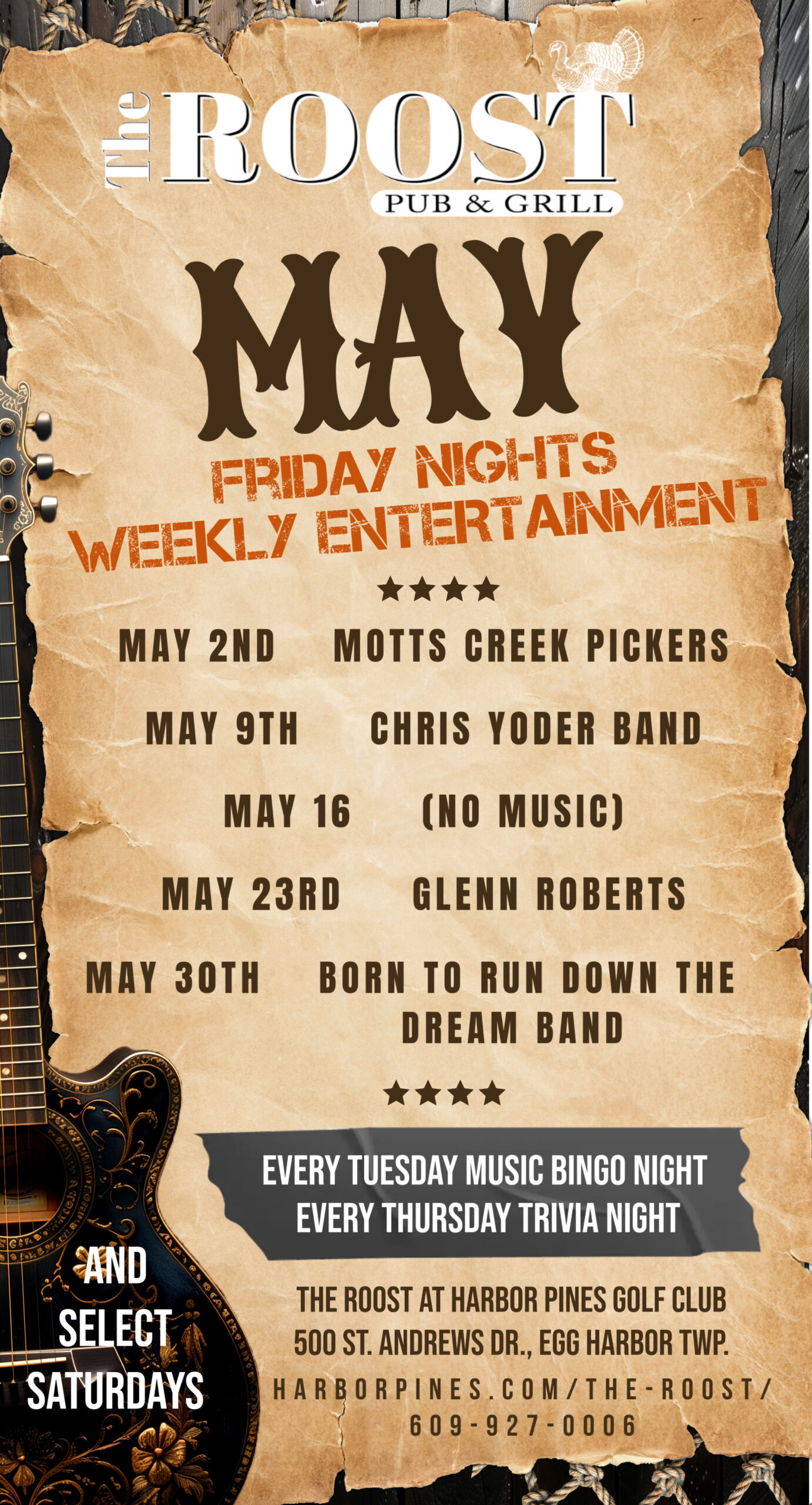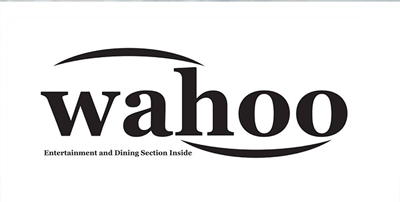By Heidi Clayton
An often overlooked part of raising a puppy is training them to tolerate their teeth being checked and brushed by handling their mouths and checking their bites. Keeping teeth clean and plaque-free is an important part of a dog’s overall health. Teaching a dog to at least tolerate their mouths being held and their teeth brushed should start before puppy teeth begin to fall out, which starts roughly at the end of three months old or the start of four months of age.
While you might not need to brush puppy teeth, you should frequently check the puppy teeth to make sure that teeth are falling out according to schedule. Dogs have 42 teeth in their mouths, consisting of the molars and premolars, which are used to chew, and the incisors and canines, which are used to hold and grab things. In my experience, teething begins with the loss of the front incisors, which most puppies swallow. You may find the larger molars and premolars lying around, but certainly do not panic if you don’t. The last teeth to go are usually the canine teeth, and they are very important to keep an eye on.
It is fairly common in puppies for the adult canine teeth to come in while a puppy canine tooth does not fall out. This results in the puppy tooth basically being stuck in a small space meant for one tooth, and is the reason I suggest starting early to teach your puppy to tolerate their mouths being handled instead of waiting until their gums hurt from having two teeth occupying the same space, which can cause discomfort. It is important that you not wait too long for the puppy canines to fall out if the adult canine is coming through and the teeth are pushing against each other. The space is tight and can cause the adult canine to grow incorrectly, which can result in the adult canine growing into the gum. This is called having an in-standing canine and causes problems if the canine is constantly cutting into the gum. If at about six months of age you notice that your puppy has both their adult and puppy canine teeth, I suggest a vet visit to discuss pulling the puppy tooth to avoid in-standing canines.
Gently taking hold of my puppy’s lower jaw and raising each side of their lips to check a dog’s bite is a part of all my dogs’ training, since hopefully they will end up in the show ring where showing their bite is required. More importantly, I want to be able to hold my dogs’ muzzles for the course of their entire life so that I can brush their teeth. Most people overlook training their puppy or dog to tolerate their muzzles being held a bit firmly so that you can properly brush their teeth. I start with a light grasp and reward the puppy if they don’t swing their heads around and try to escape. I also pair a command with this process, like “show teeth.” My dogs know when I hold their bottom jaw that their teeth will be inspected or brushed.
It may be helpful to watch a video of a dog show where the judge examines the dog’s bite to see how to hold your dog’s muzzle for checking and brushing teeth.
If you have any questions, please feel free to email me at heidi@fouronthefloordogtraining.net.
Heidi Clayton started Four On the Floor Dog Training to provide positive, reward-based dog training in South Jersey. She breeds, trains and shows bull terriers under the SoraBully’s Bull Terriers kennel name. Email questions to heidi@fouronthefloordogtraining.net or learn more at https://fouronthefloordogtraining.net















